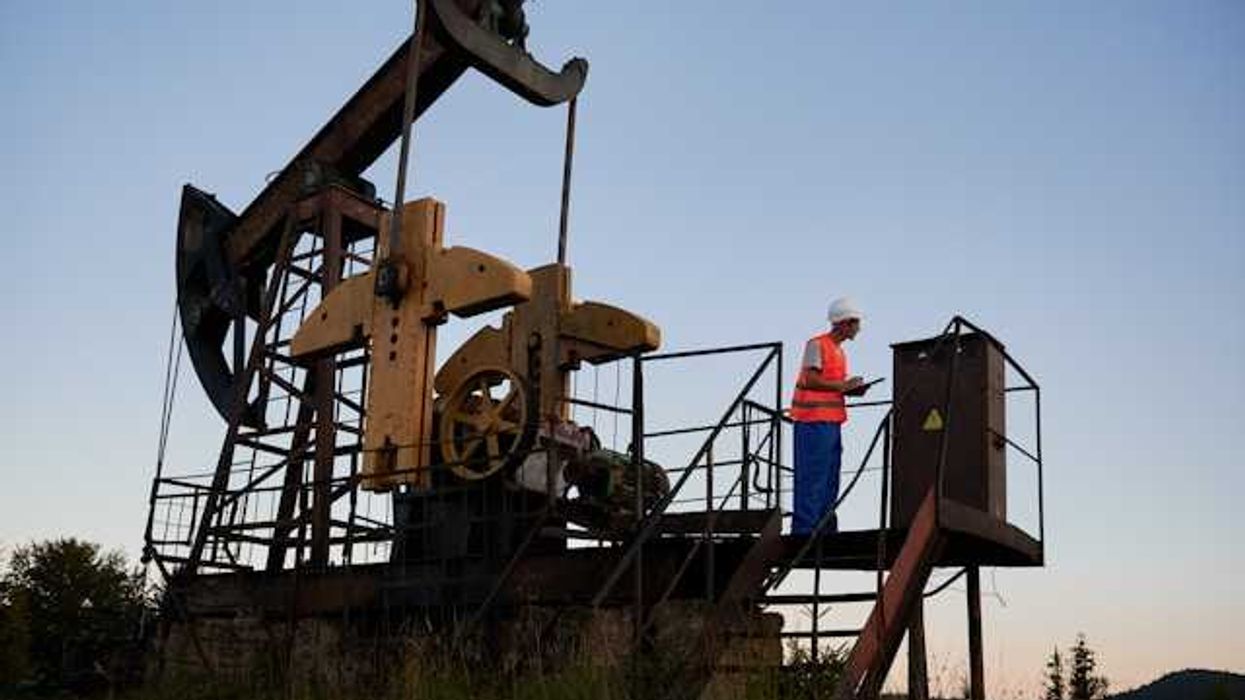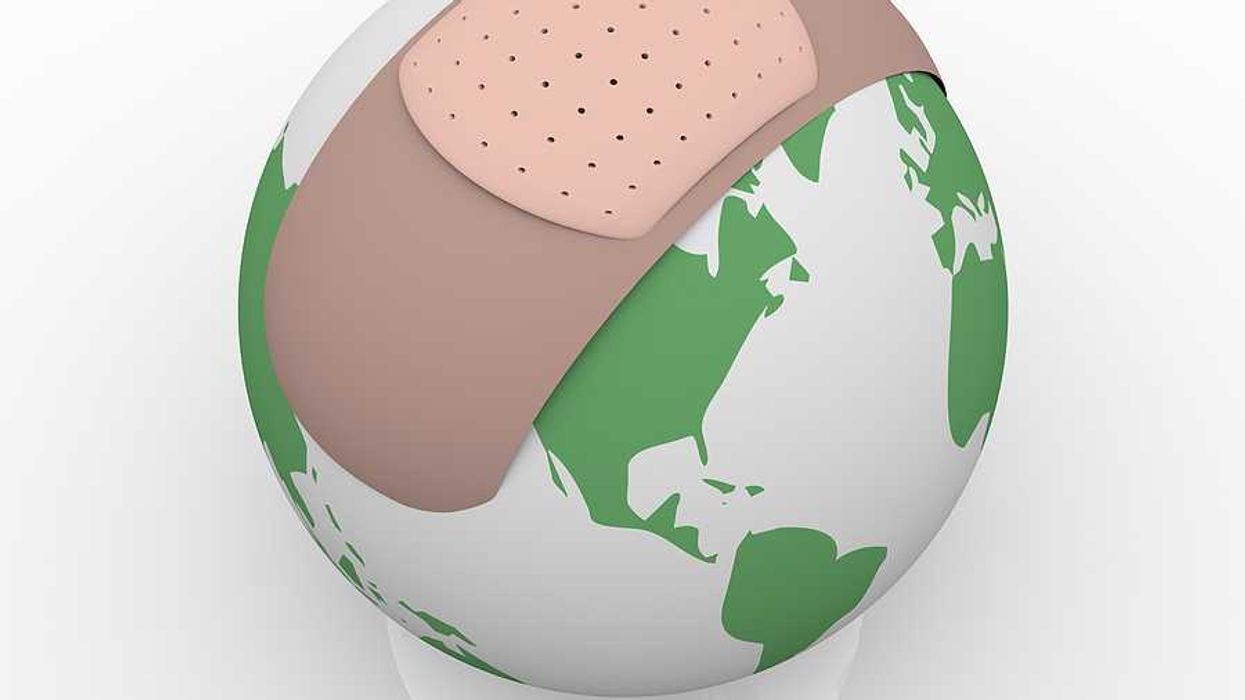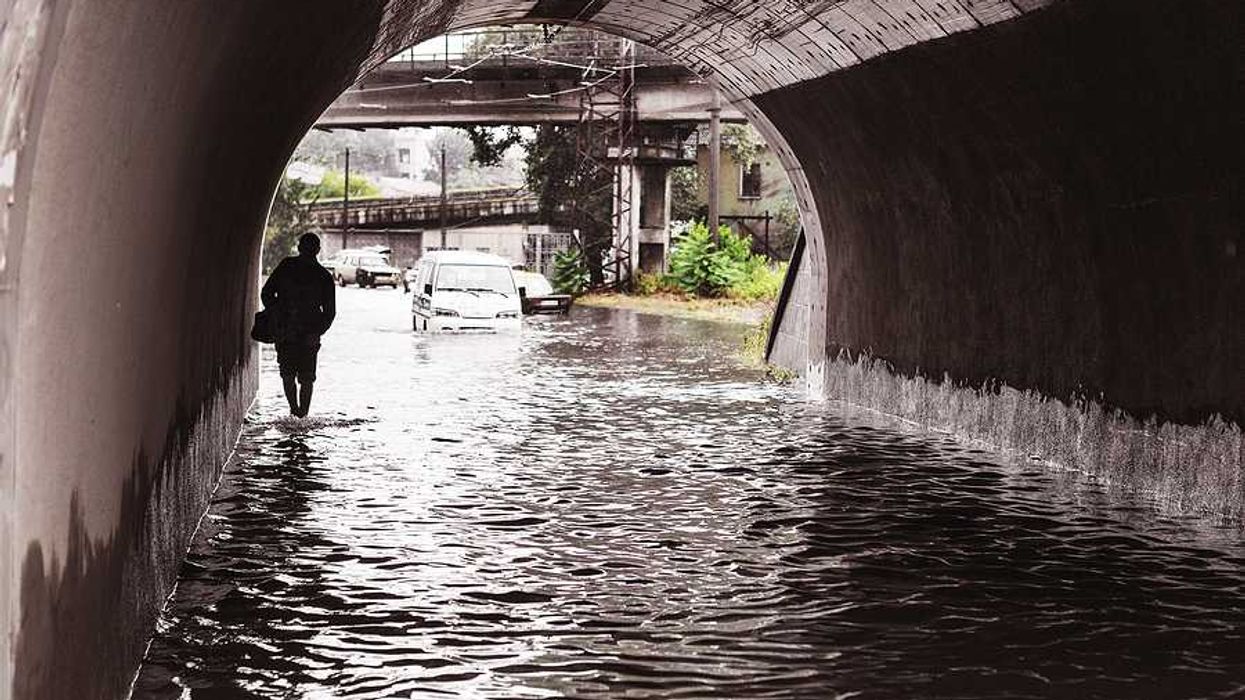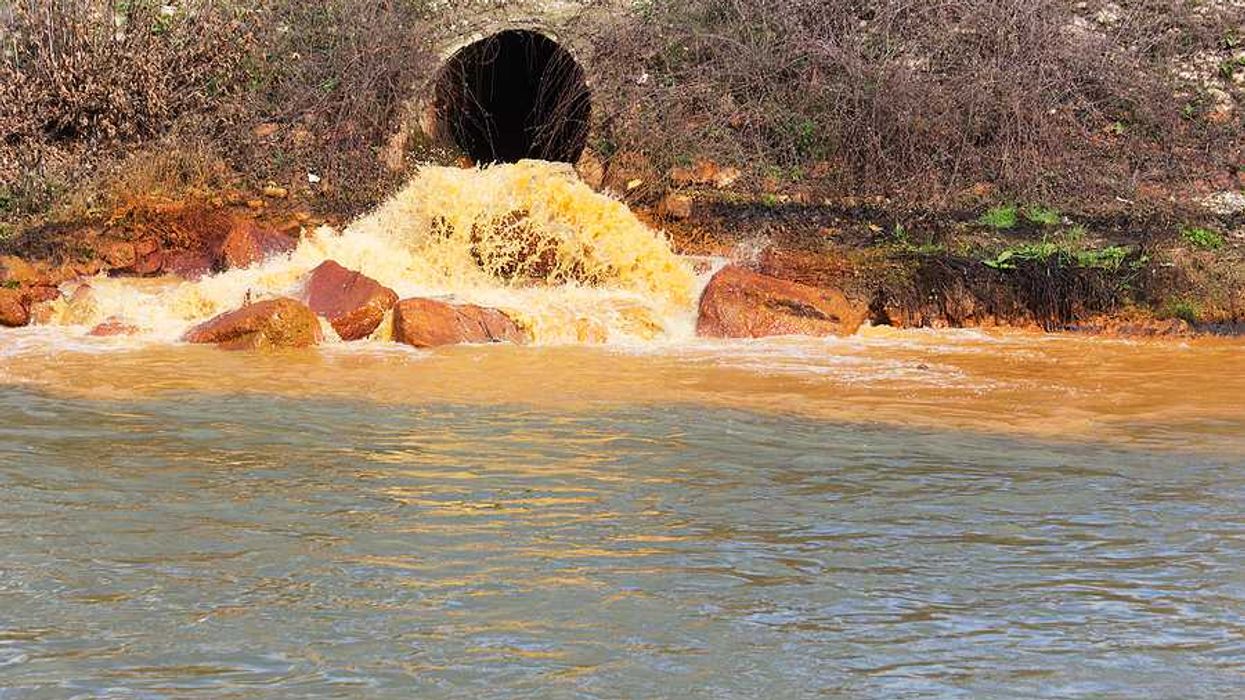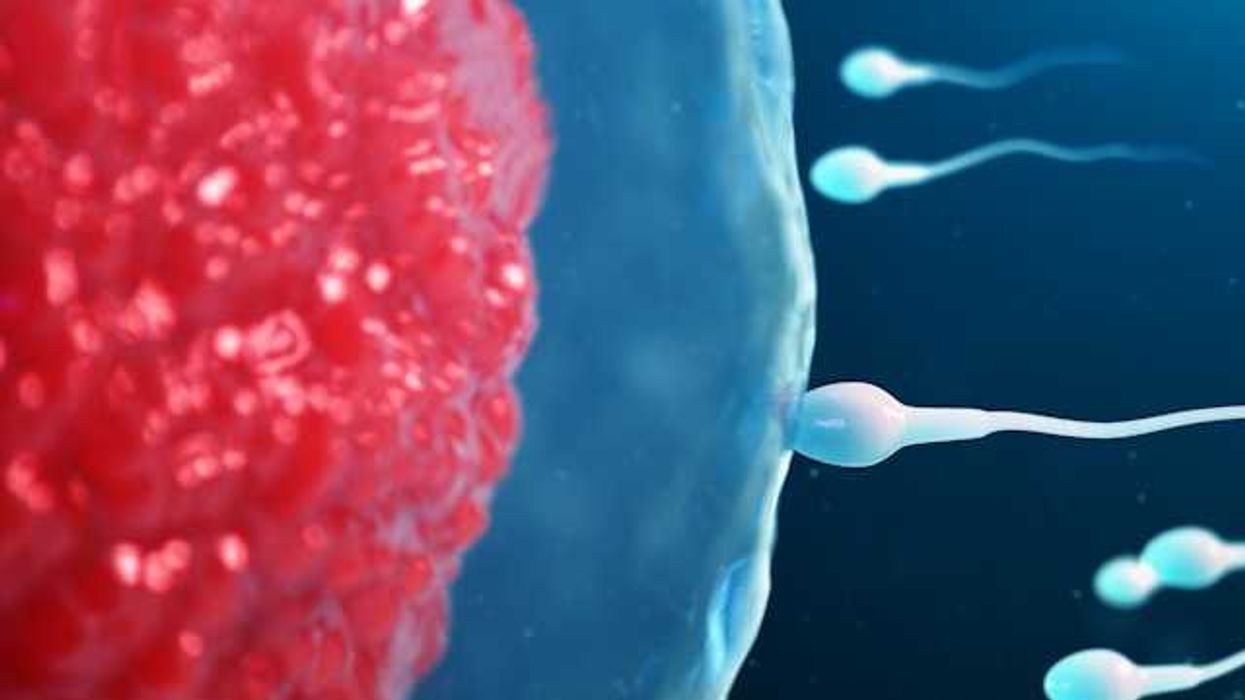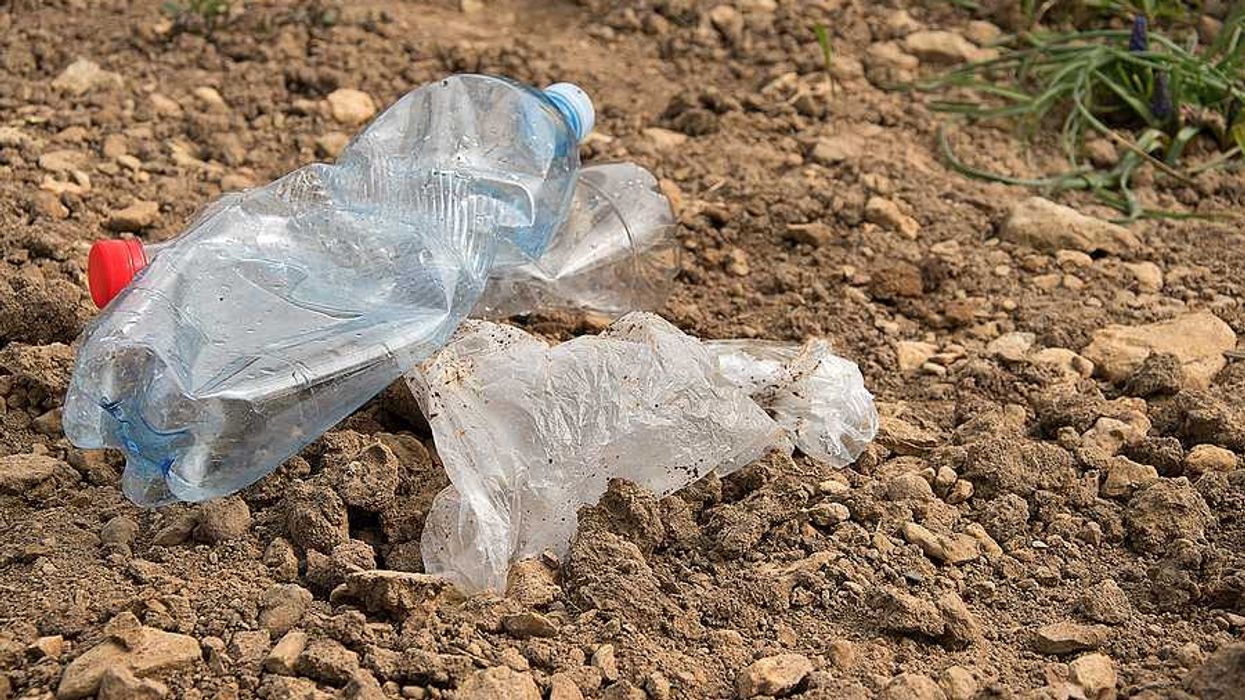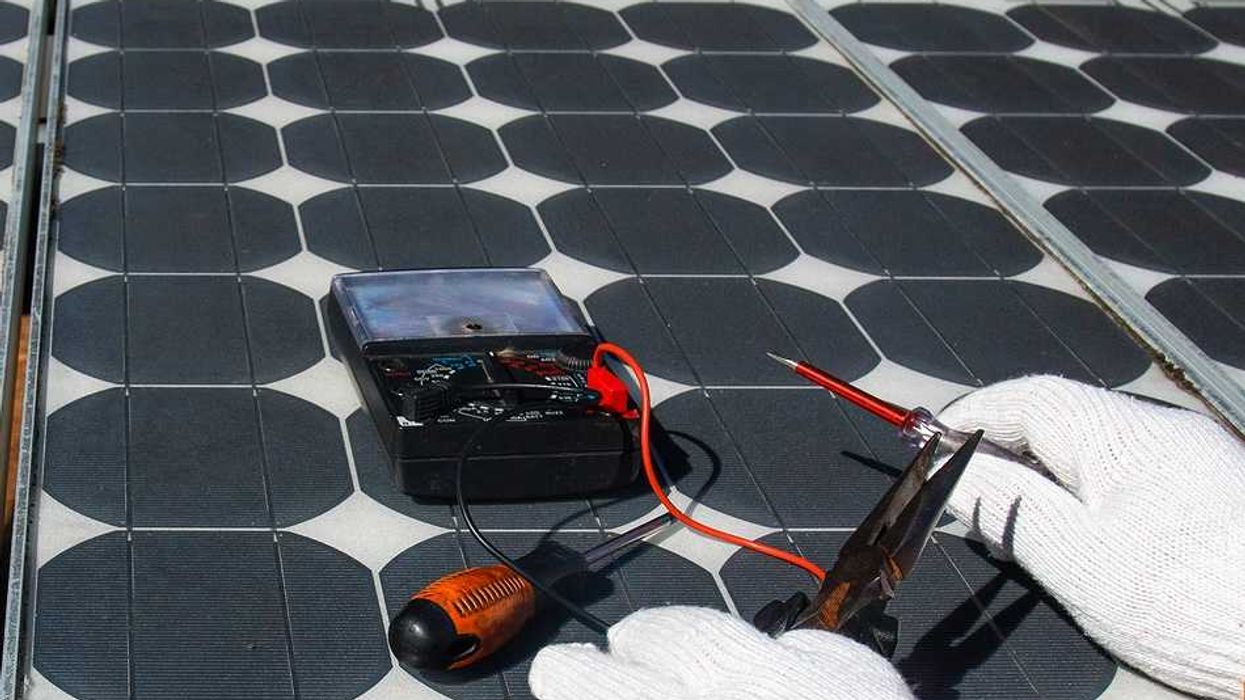Researchers have detected a significant decrease in hydrochlorofluorocarbons in the atmosphere, marking progress in global efforts to protect the ozone layer and mitigate climate change.
Sarah Kaplan reports for The Washington Post.
In short:
- Atmospheric levels of hydrochlorofluorocarbons (HCFCs), harmful gases from air conditioning and refrigeration, have significantly dropped since peaking in 2021.
- The decline follows the 1987 Montreal Protocol, which phased out ozone-depleting substances like HCFCs.
- Researchers expect HCFC levels to return to 1980 levels by 2080, highlighting the success of international cooperation.
Key quote:
“This milestone is a testament to the power of international cooperation.”
— Avipsa Mahapatra, director of the Environmental Investigation Agency’s climate campaign
Why this matters:
Reducing HCFCs shows that coordinated global policies can effectively tackle environmental issues. This success offers hope and a model for addressing climate change challenges, which are crucial as greenhouse gas emissions continue to rise.


